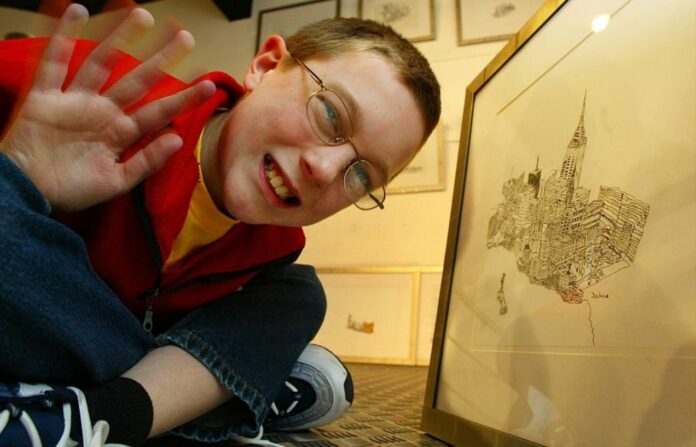An international research team led by USC scientists has revealed a specific pattern of white matter connectivity unique to autistic brains that differs from that found in patients with developmental coordination disorder (DCD).
About 85% of autistic people have been diagnosed with DCD or likely could be. DCD is a condition that makes it hard to learn and control your muscles.
DCD can make it hard to do things like type, get dressed, or walk, which can make it harder to make friends and be happy with life.
The widespread combination of autism spectrum disorder (ASD) and DCD confuses earlier autism research, which was thought to be examining its core social–communication symptoms. Therefore, distinguishing between their brain activity patterns is crucial.
“As the scientific community has learned more and more about DCD, we’ve realised that white matter differences previously identified in the autism literature could actually be attributed to this underlying motor comorbidity,” according to senior author Lisa Aziz-Zadeh. “In fact, that’s exactly what our team found — that many prior research findings are probably not actually reflecting autism’s core symptoms, but are more likely a reflection of co-occurring DCD.”
The USC Dornsife College of Letters, Arts, and Sciences has appointed Aziz-Zadeh as an associate professor in the Department of Psychology and the Brain and Creativity Institute.
She oversees research projects funded by the National Institutes of Health, the United States Department of Defense, and the Office of the Director of National Intelligence’s Intelligence Advanced Research Projects Activity at the University of Southern California’s Center for the Neuroscience of Embodied Cognition.
Aziz-Zadeh and colleagues employed diffusion weighted MRI to assess functional brain connectivity in 8–17-year-olds with ASD, suspected DCD, or usual development. Following the completion of the motor and social behaviour assessments by the participants, the photos were examined, compared, and associated with the results of those tests.
Researchers revealed that several types of structural brain connections previously associated with autism also coincide with DCD.
The team was able to identify three white matter pathways, including the longitudinal fibres and u-fibers of the mid-cingulum, the corpus callosum forceps minor/anterior commissure, and the left middle cerebellar peduncle, that showed distinctly different connectivity, specific to the research participants with autism, as compared to the DCD and typically developing groups.
Measures of emotional performance and/or autism severity among participants who were autistic were also connected with these differences. Unique white matter patterns were visible in the left cortico-spinal and cortico-pontine tracts of children with DCD.
The findings of the study showed “that we can use advanced imaging to distinguish between autism’s hallmark social symptoms and other motor-related symptoms at the level of brain anatomy,” according to first author Emily Kilroy. “Of course, people are so much more than their brain anatomy, but this degree of clarity and specificity at the anatomical level gets us one step closer to understanding the biological basis and expression of autism.”
Scientific Reports published their findings.
Image Credit: Odd Andersen/AFP via Getty Images
Source: 10.1038/s41598-022-21538-0
